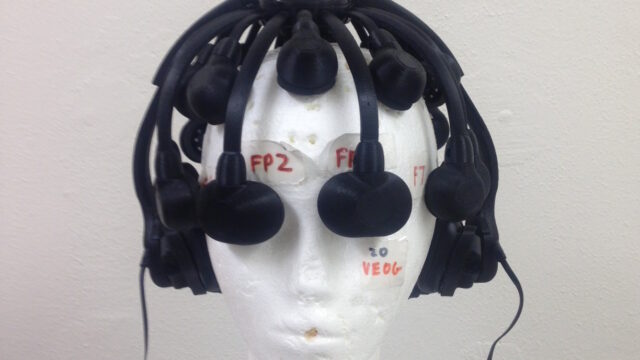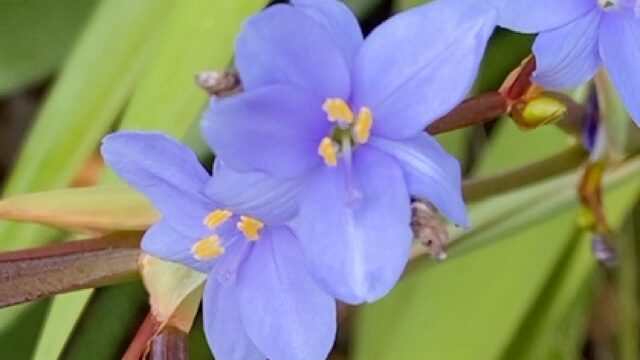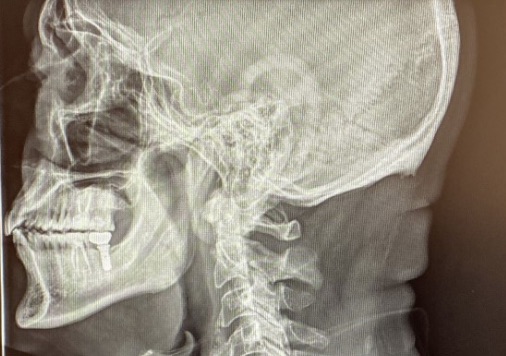“I don’t know” is a phrase that has become more and more common and relevant as I try to burrow down into the nature of my psyche, trying to plumb the depths of my being. Like most individuals, I questioned my identity during my early development: Who am I, if not my opinions? Where did this existence, which appears more substantial, come from? What is the authentic me? I don’t understand why such questioning became so important to me. But my natural predisposition to know led me to a career in science. Specifically, to the study of the brain and mind, which augmented the questions I had. For the last twenty years it has been my continuing effort to understand who I am, really.
Following retirement 18 months ago from an academic position, I wanted to test the notion that my life could be turned over to that greater presence I felt all around. What that meant for me was reducing conceptual thinking, the intellectual millstone of an academic. It meant relaxing into my physical being, as opposed to living in my head. It meant, most of all, letting go of the small and large expectations of what life ought to be. It meant trusting and accepting that my life was less under my control than I realized.
I imagined a process of letting go of my expectations, my wants and ego-based thoughts. And a type of merging with a greater unity-to the point of losing the sense of me. Unfortunately, letting go has been difficult and incomplete. My mind, either unwilling or unable to, creates and recreates me, as if it cannot do otherwise. The thought-generator aspect of my mind can only be still and absolutely quiet for but a few seconds at a time. Nonetheless, it is that stillness experience that keeps me going. For in those moments, I sense something, a presence, a different life, an intelligence. It’s a presence that neither beckons nor rejects. It simply says, “I am here.” But to make the jump into that unknown seems to require letting go of the life I have known. It’s a challenging thing to do.
I have made strides in that direction. But everywhere I look for answers to this more real nature, whether it is the sycamore tree outside the living room window in its fullness of spring, the myriad objects in the condo that I share with my wife, or the feelings that bubble up on the meaning of my life, I am confronted by the one response. “I don’t know”. It is a wall of silence and darkness that seems impenetrable. Despite the persistence of this darkness, I have become more and more comfortable with this not-knowingness. There has been a settling of my anticipation, eagerness, future-oriented desires. I feel a different calmness.
While this has been happening, I have noticed a reduction in the distance between the sensorial phenomena reaching my brain and who I feel I am. Whereas sensory experience was distinct, separate, and somewhat superficial before, it has gained a sense of solidity, of closeness, of vibrancy, of relevancy that it did not have before. The imaginary presence I spoke about earlier is steadily transforming into the sensory experience of this moment. This experience is what now whispers, “I am here.”






